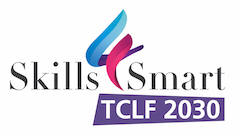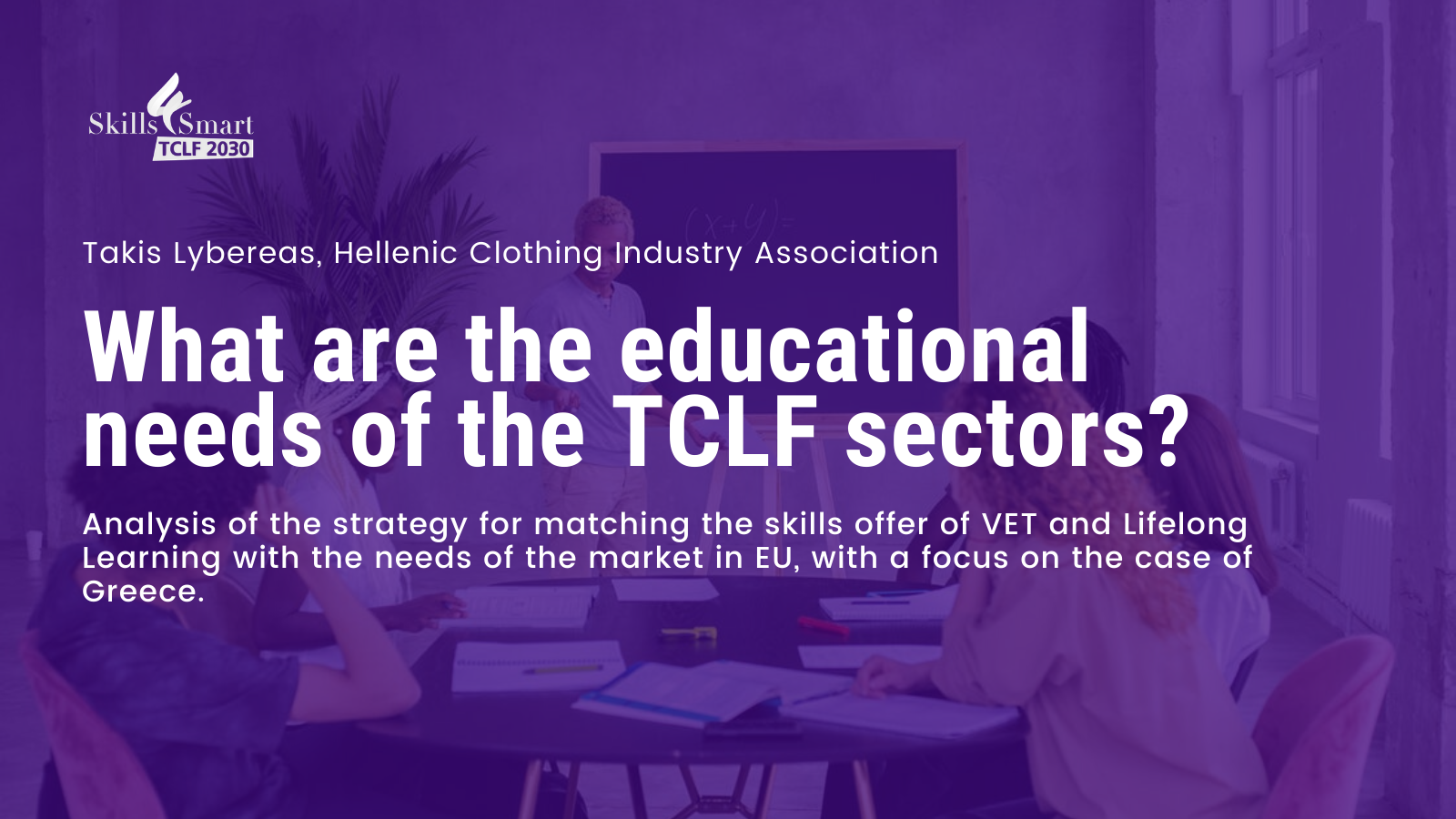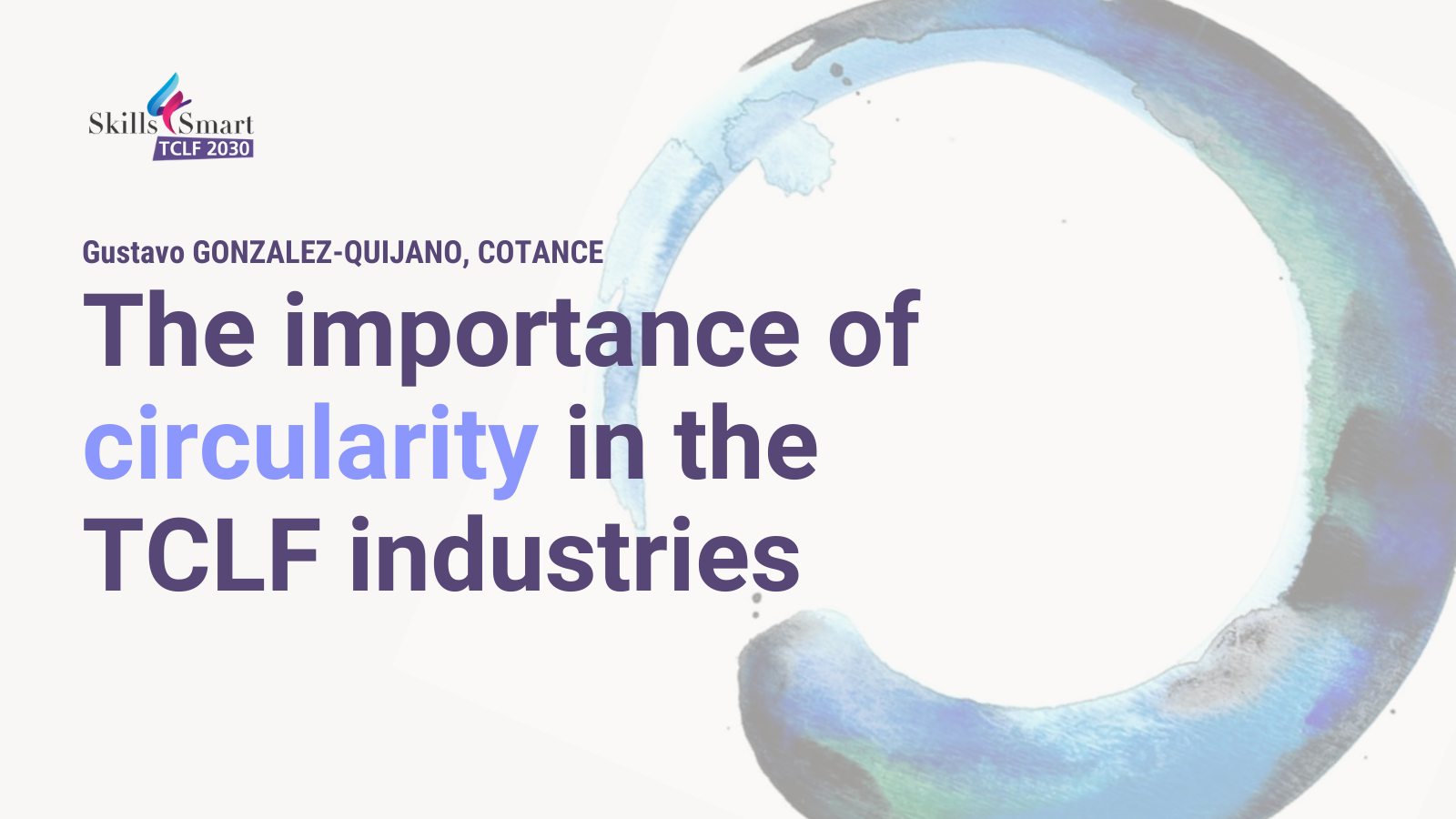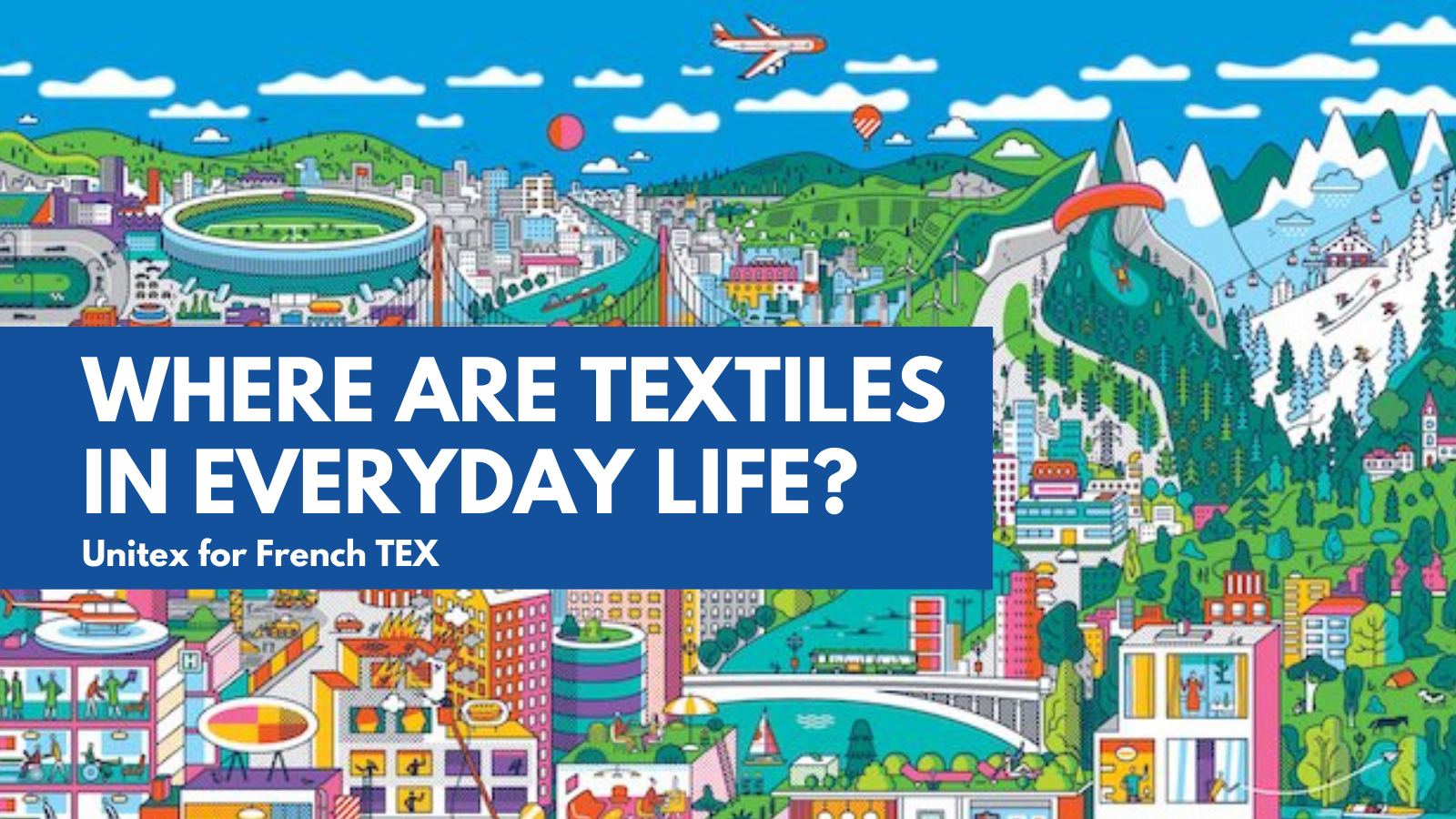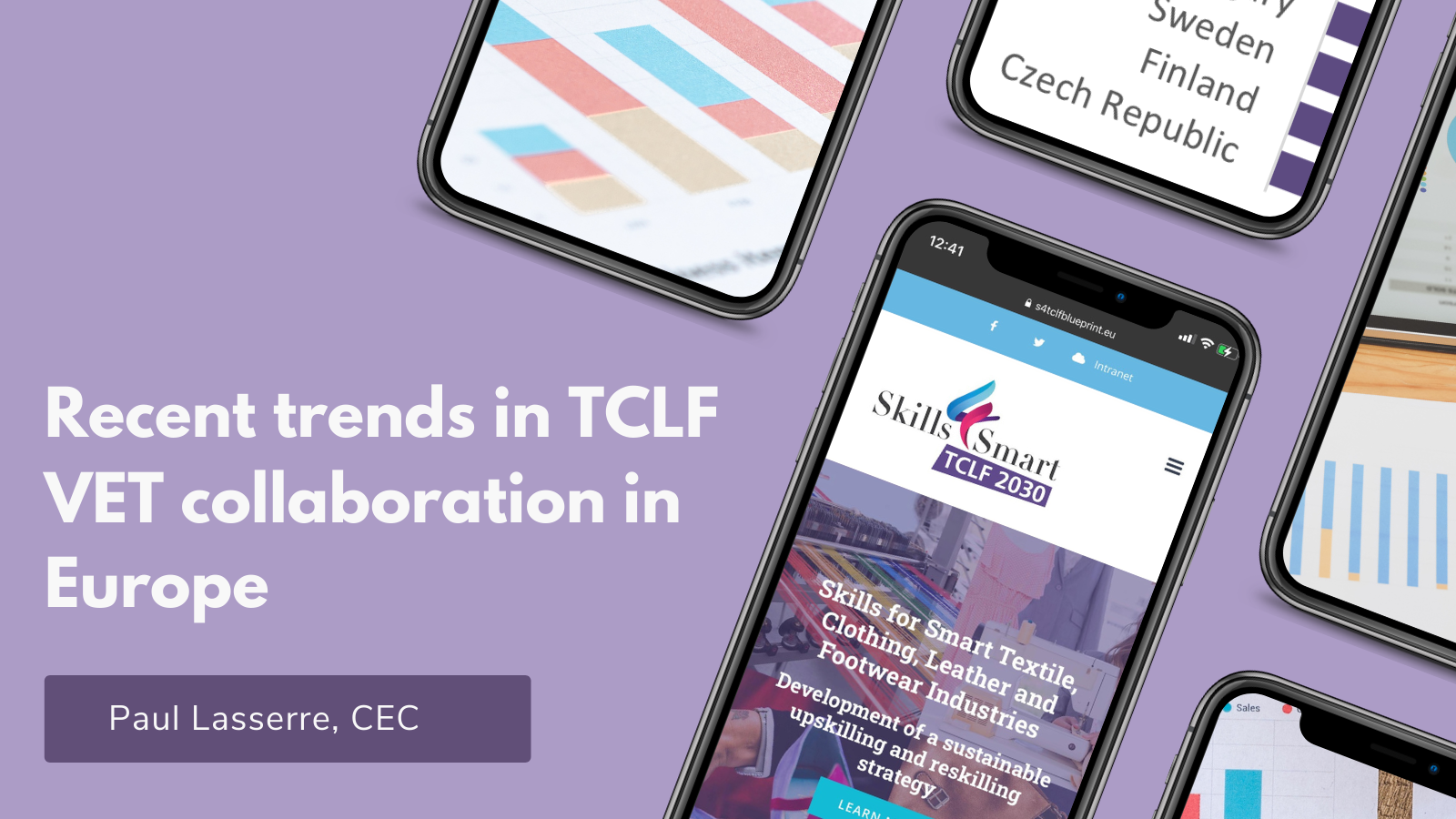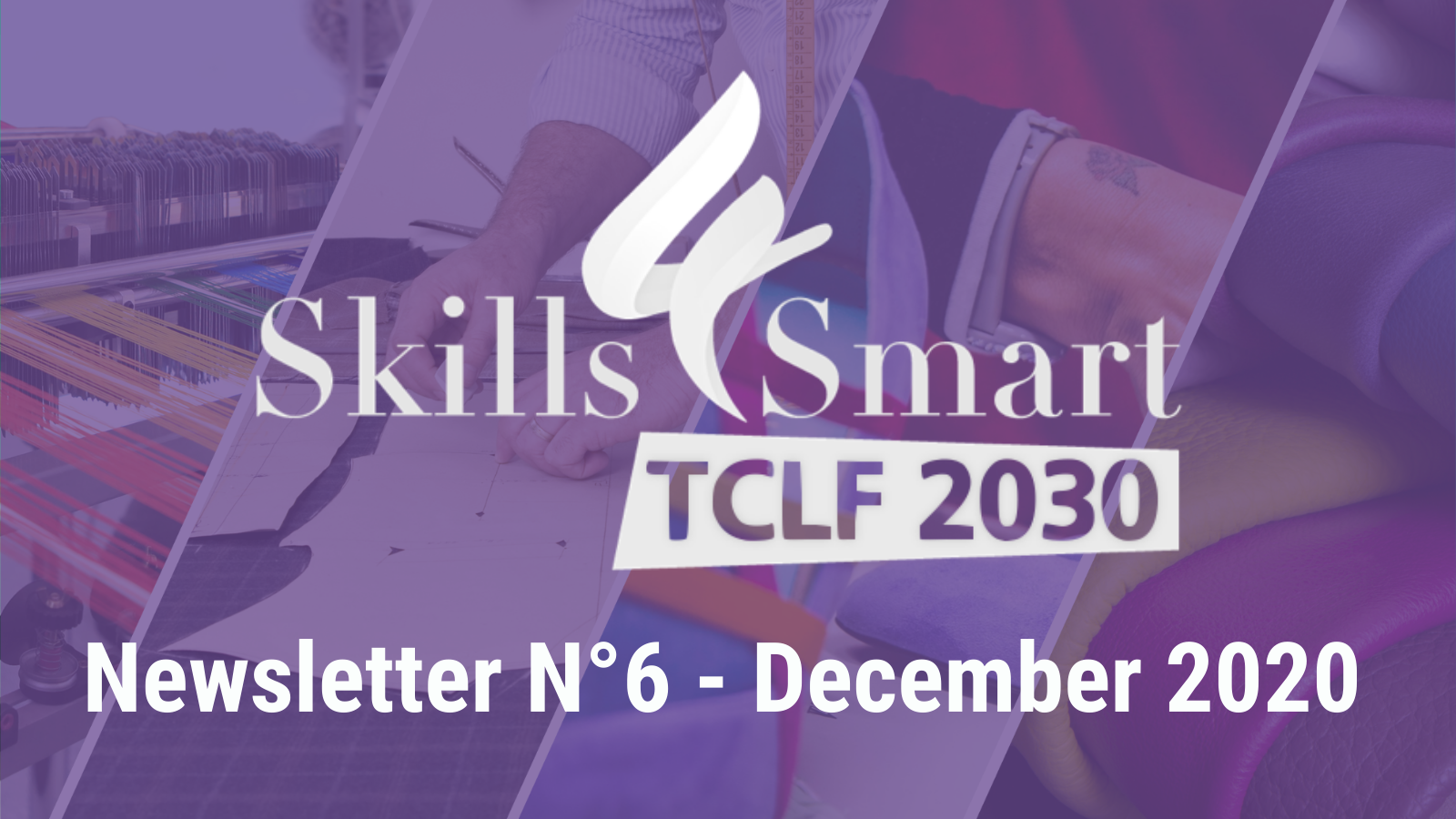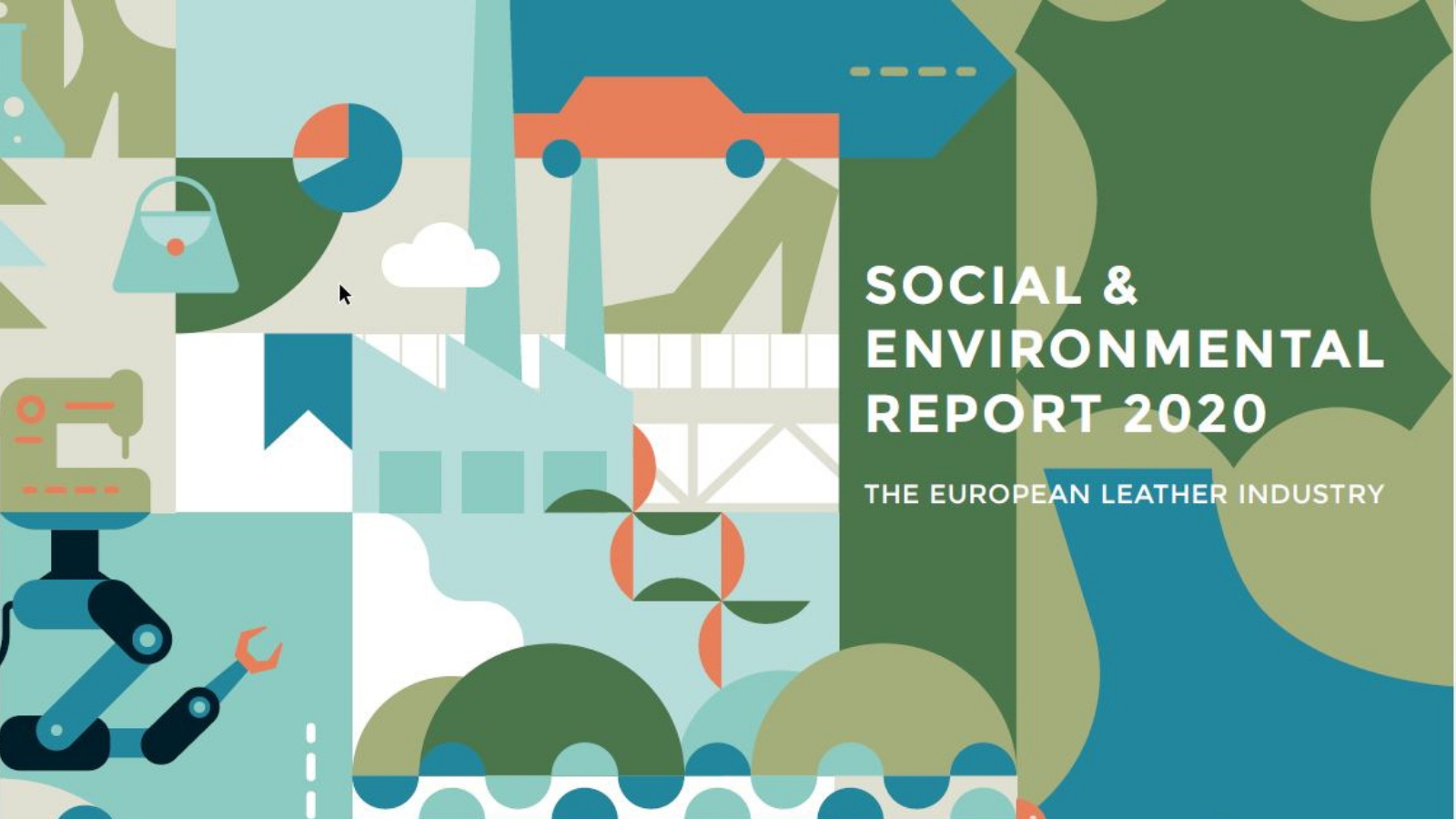What are the educational needs of the TCLF sectors?
Discover how companies and SMEs of the TCLF sectors have evolved since 1995, what are the most significant challenges faced by the TCLF sectors in EU, and what is the strategy for matching the skills offer of VET and Lifelong Learning with the needs of the market in EU, with a focus on the case of Greece. In 2019, a total of 6.080 companies were active in the Textile - Clothing - Leather - Footwear (TCLF) sectors in Greece. The TCLF companies employed a total of 27.500 employees. Most employees were in clothing (14.700 individuals), followed [...]
